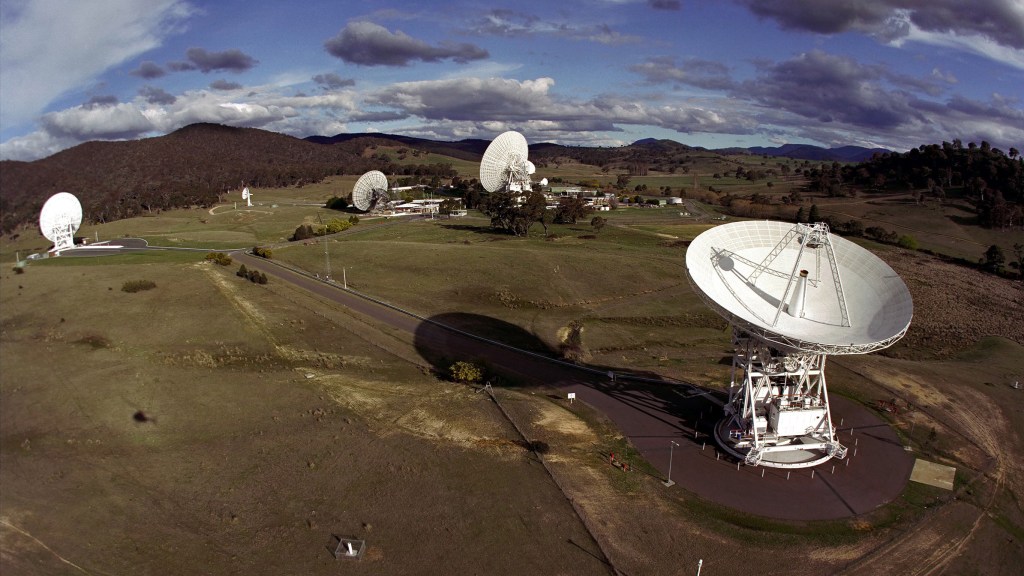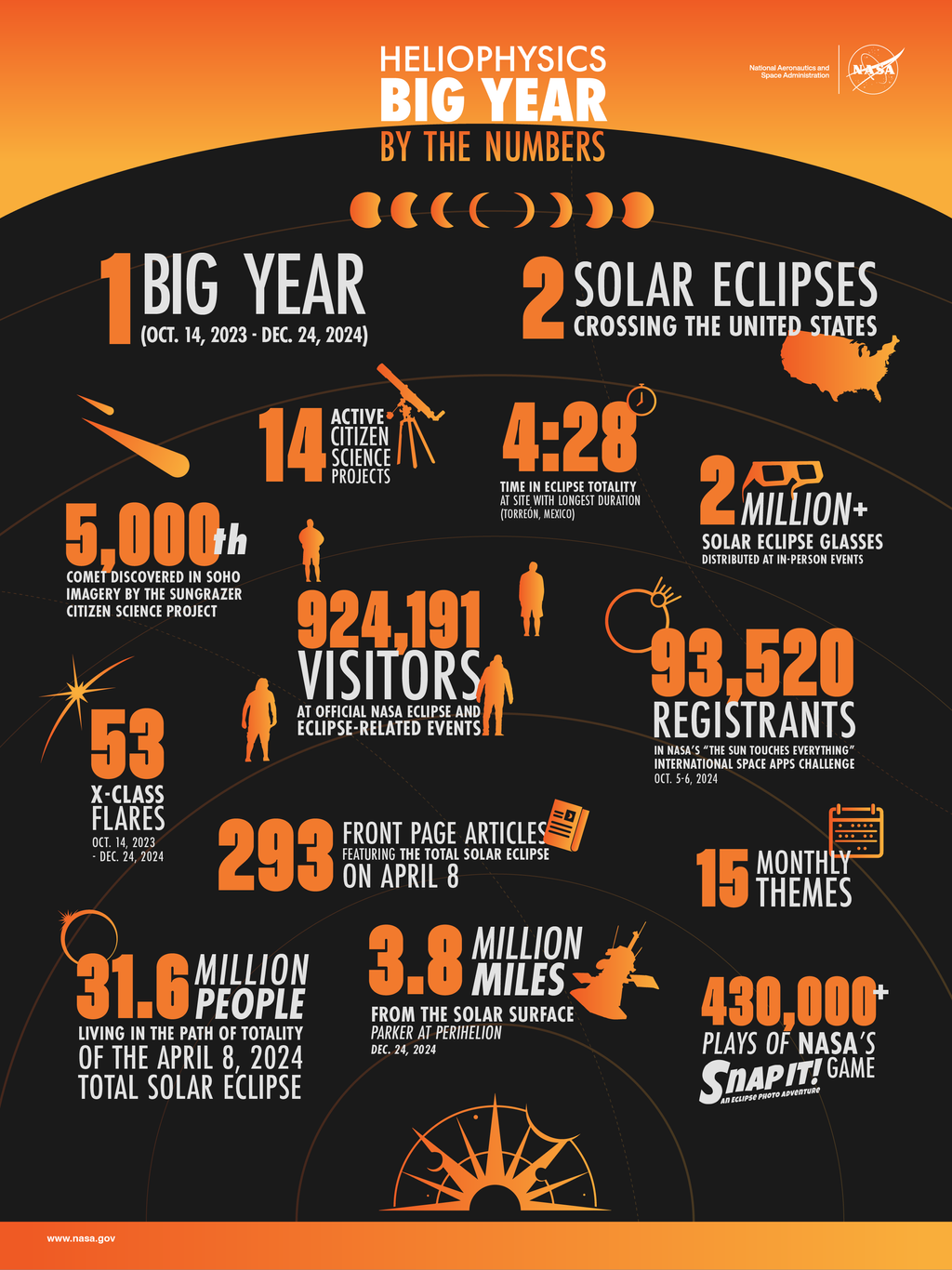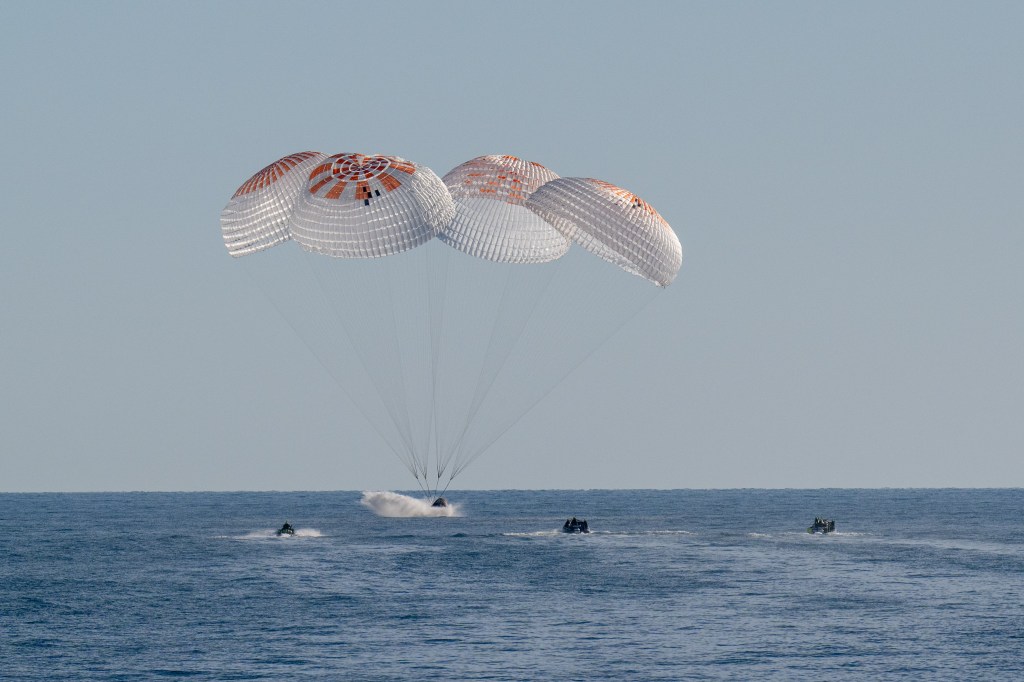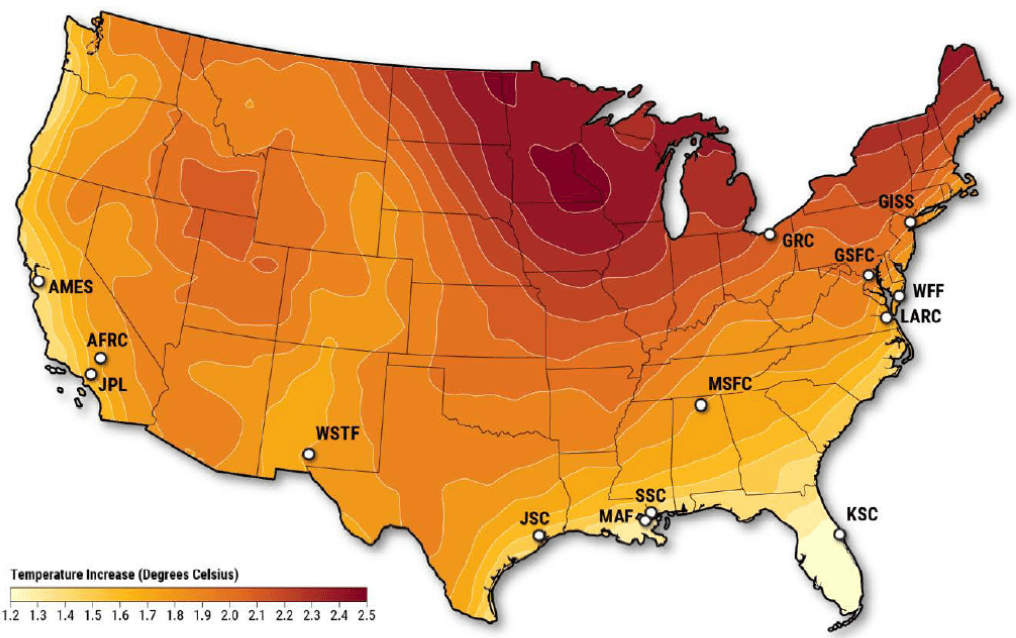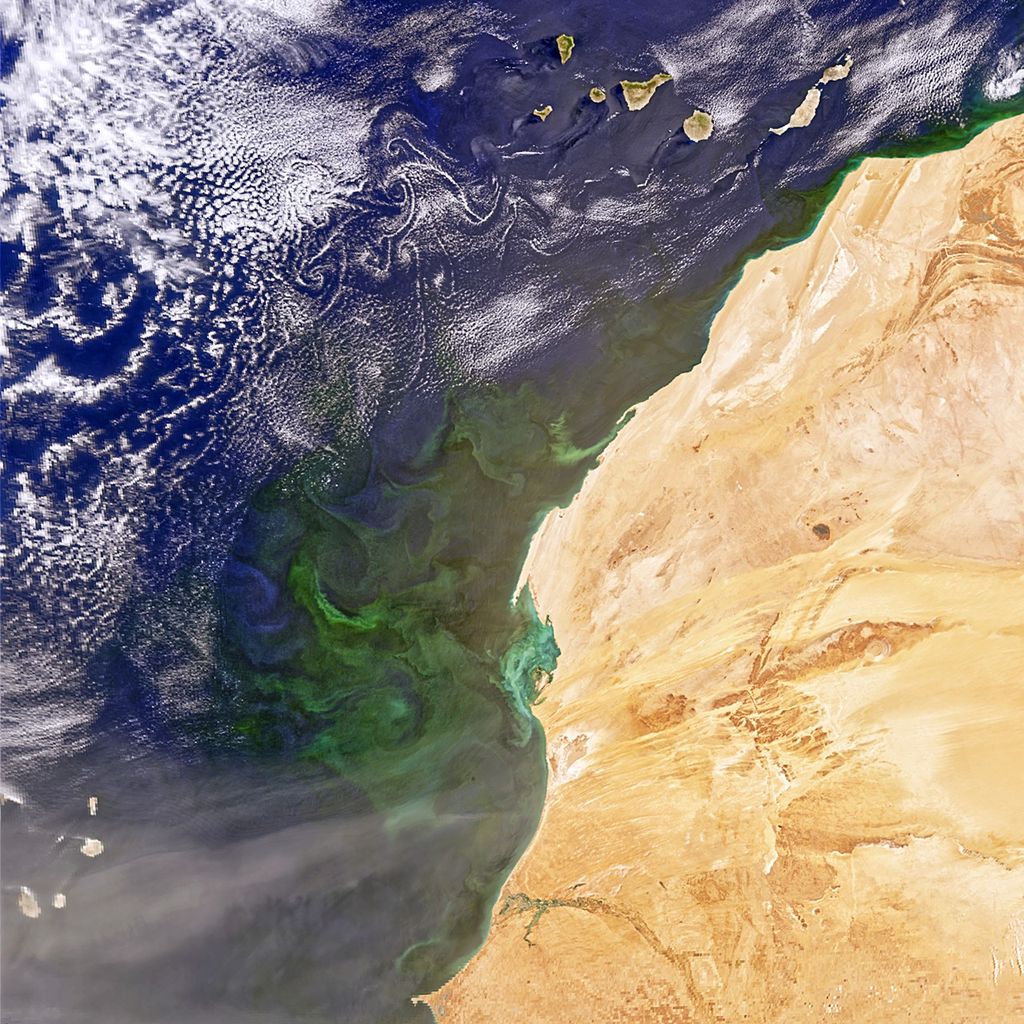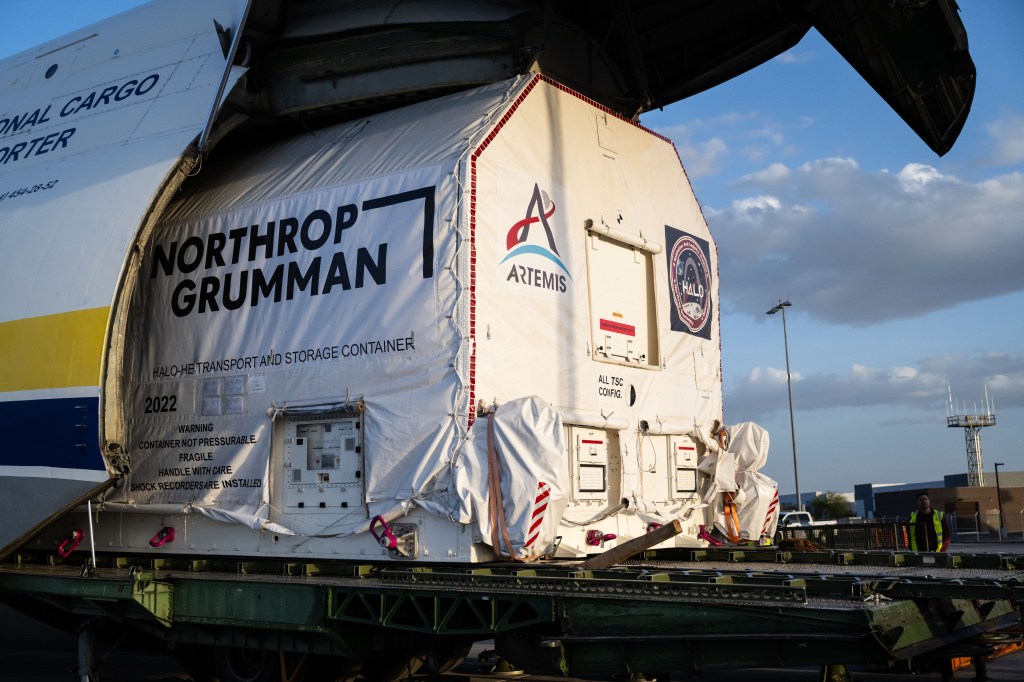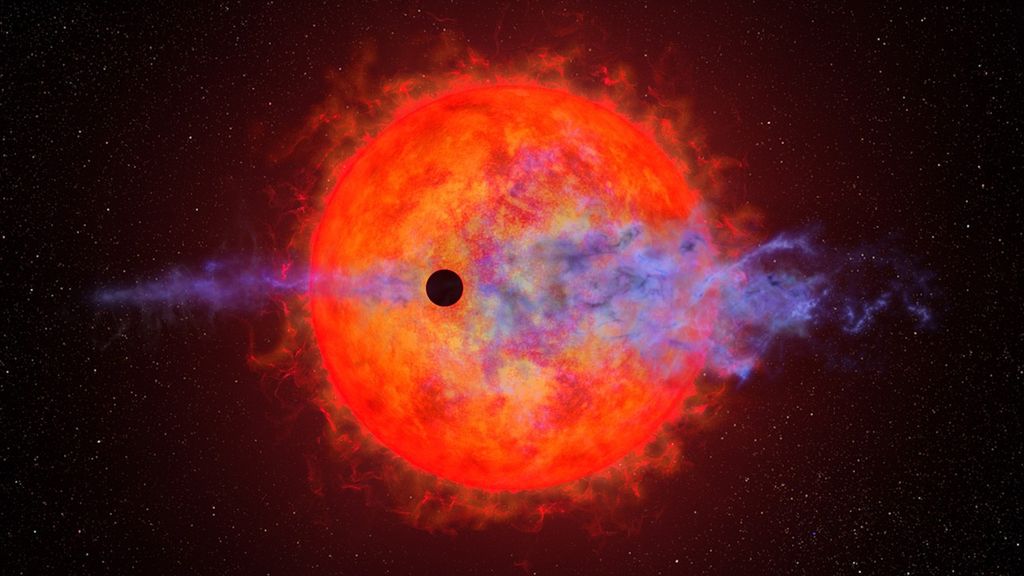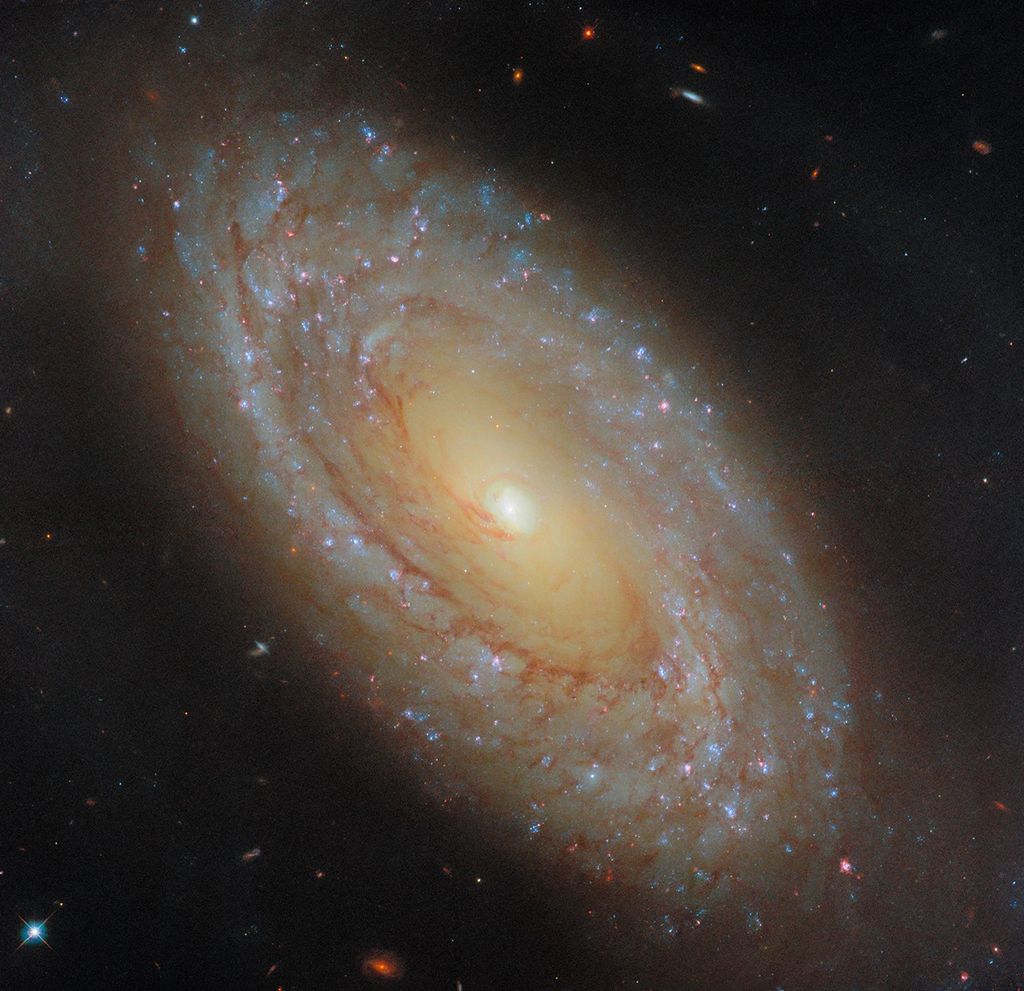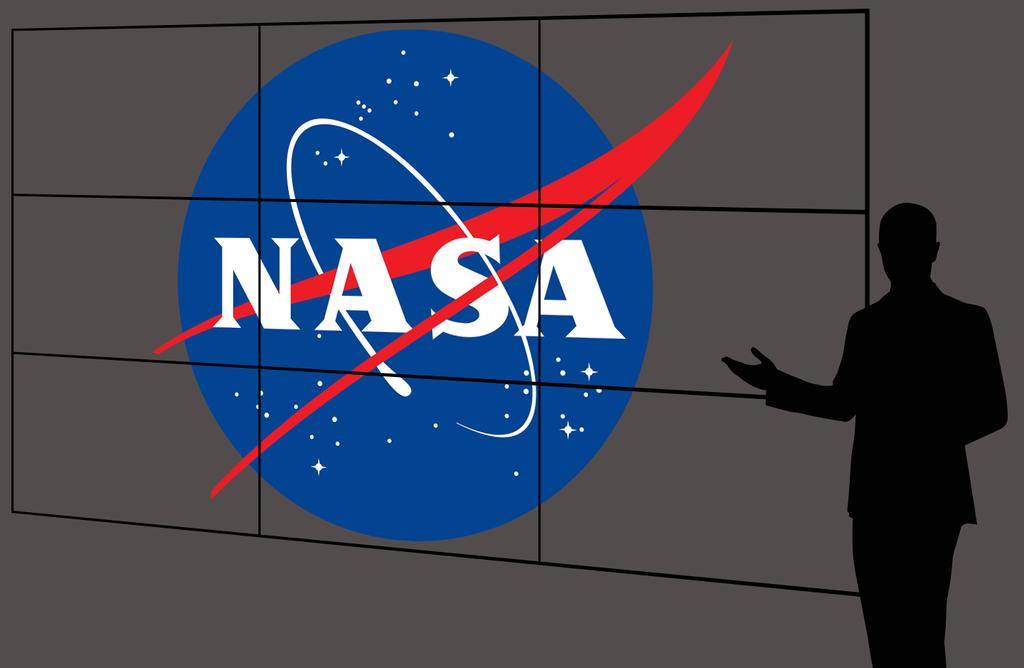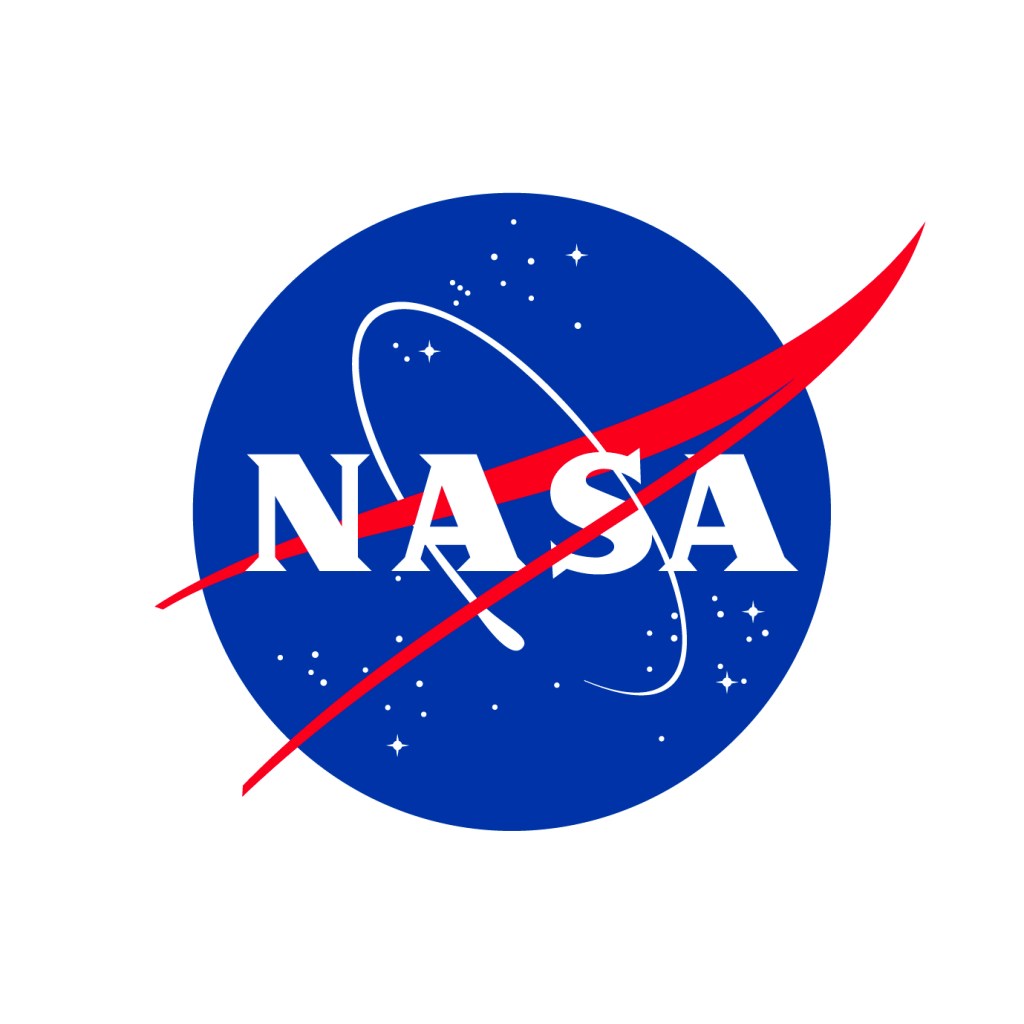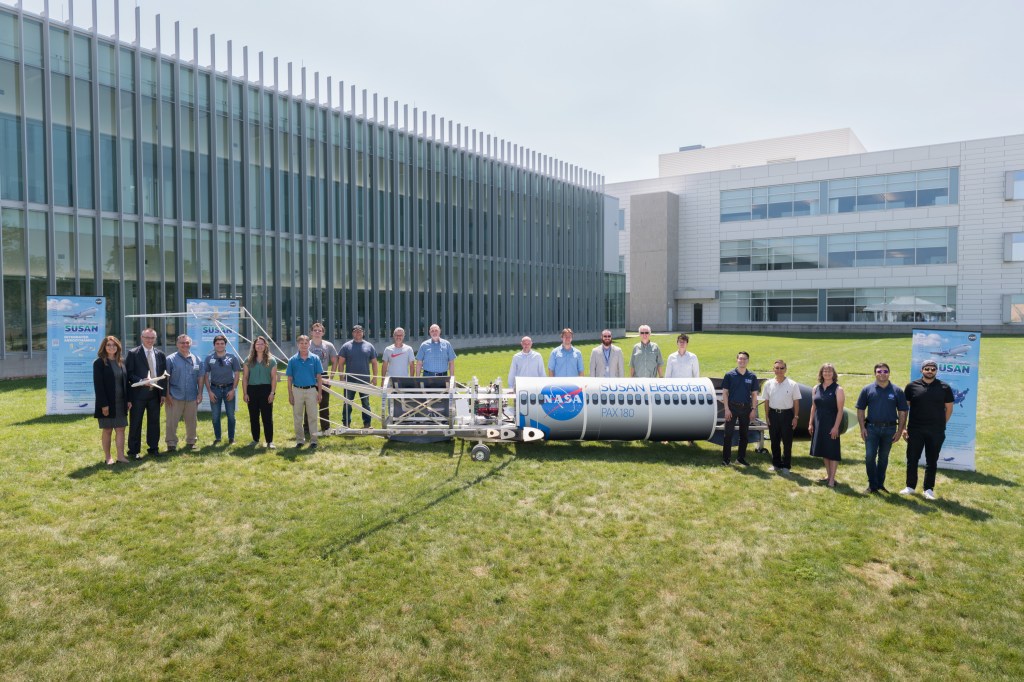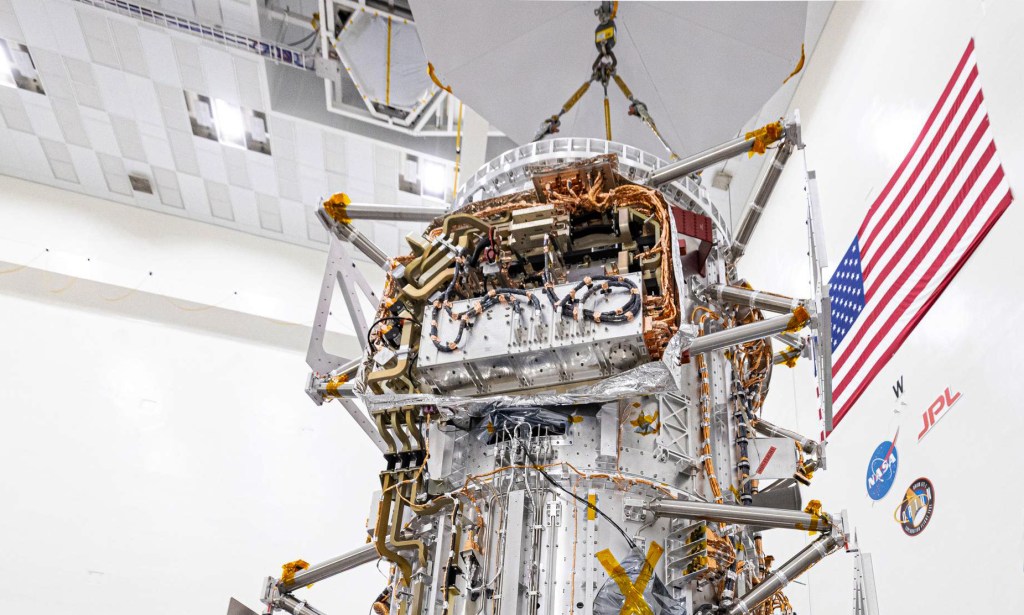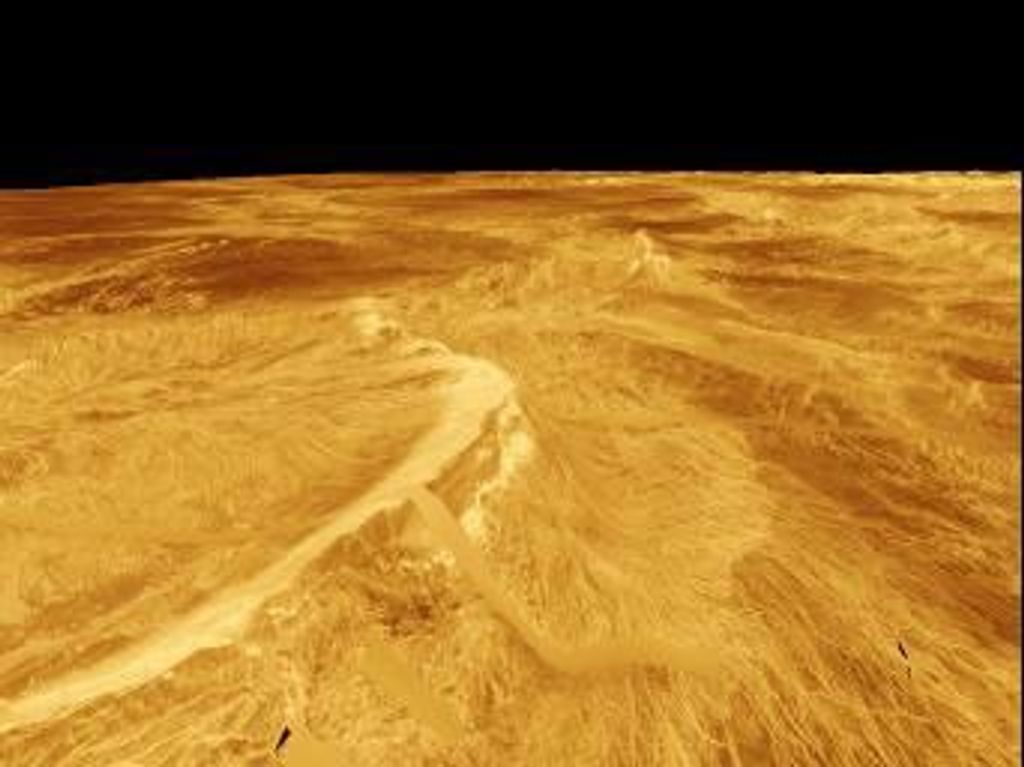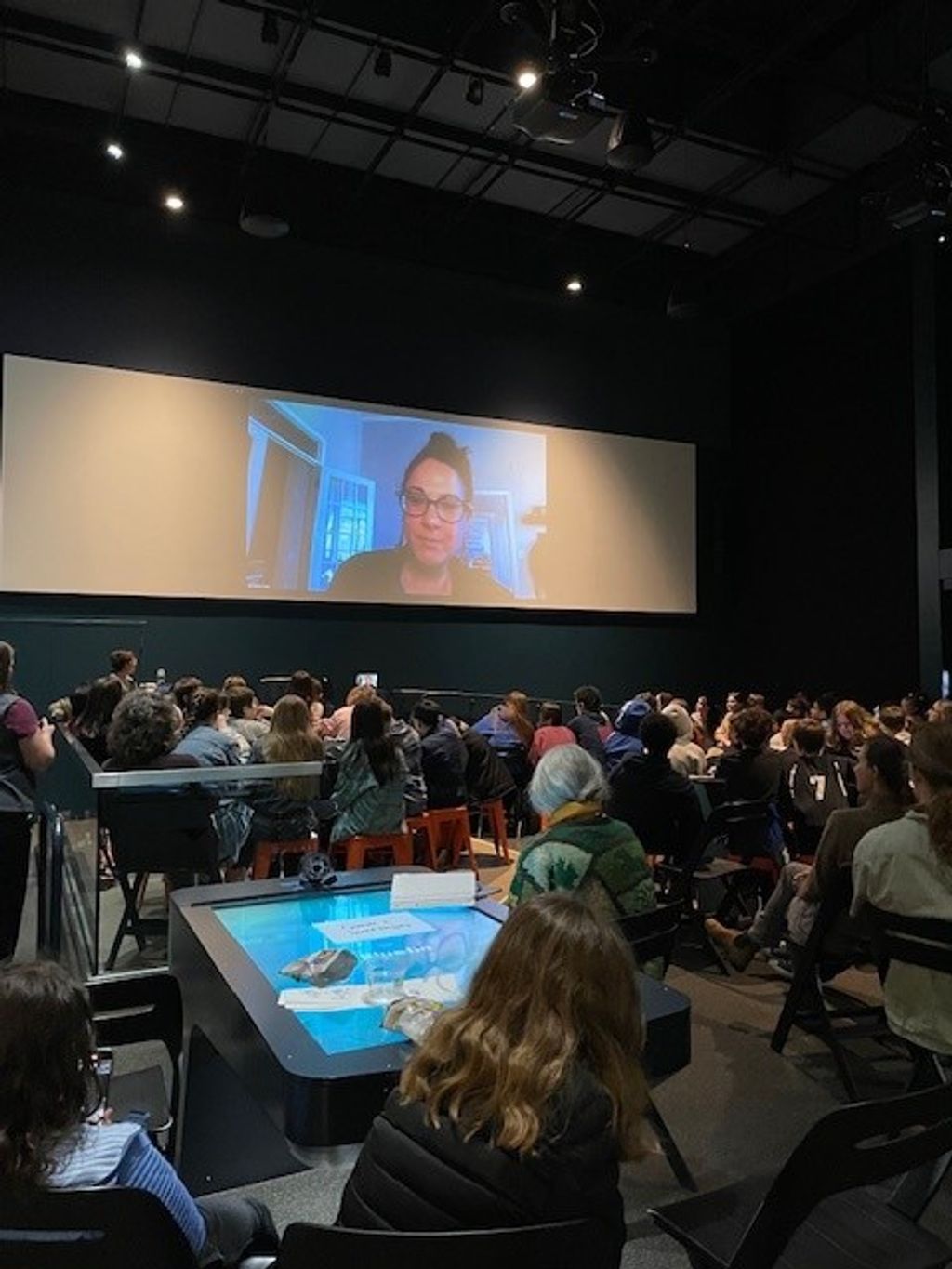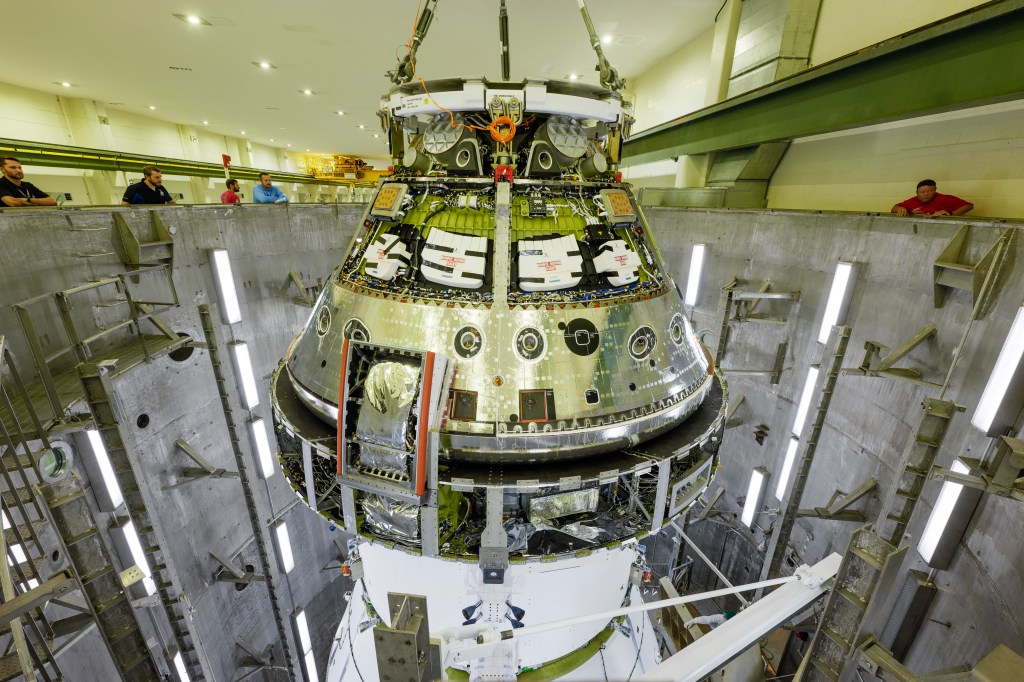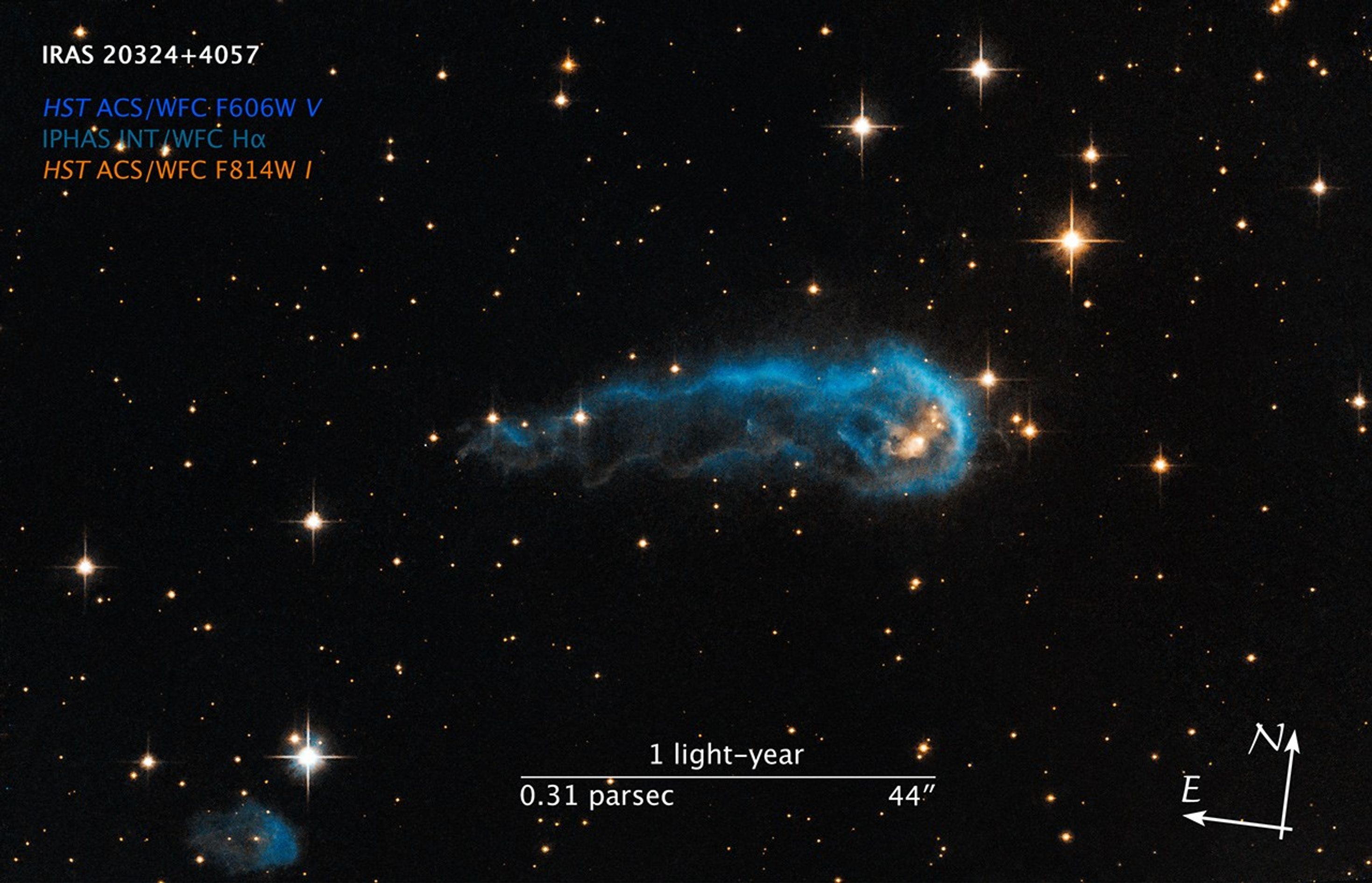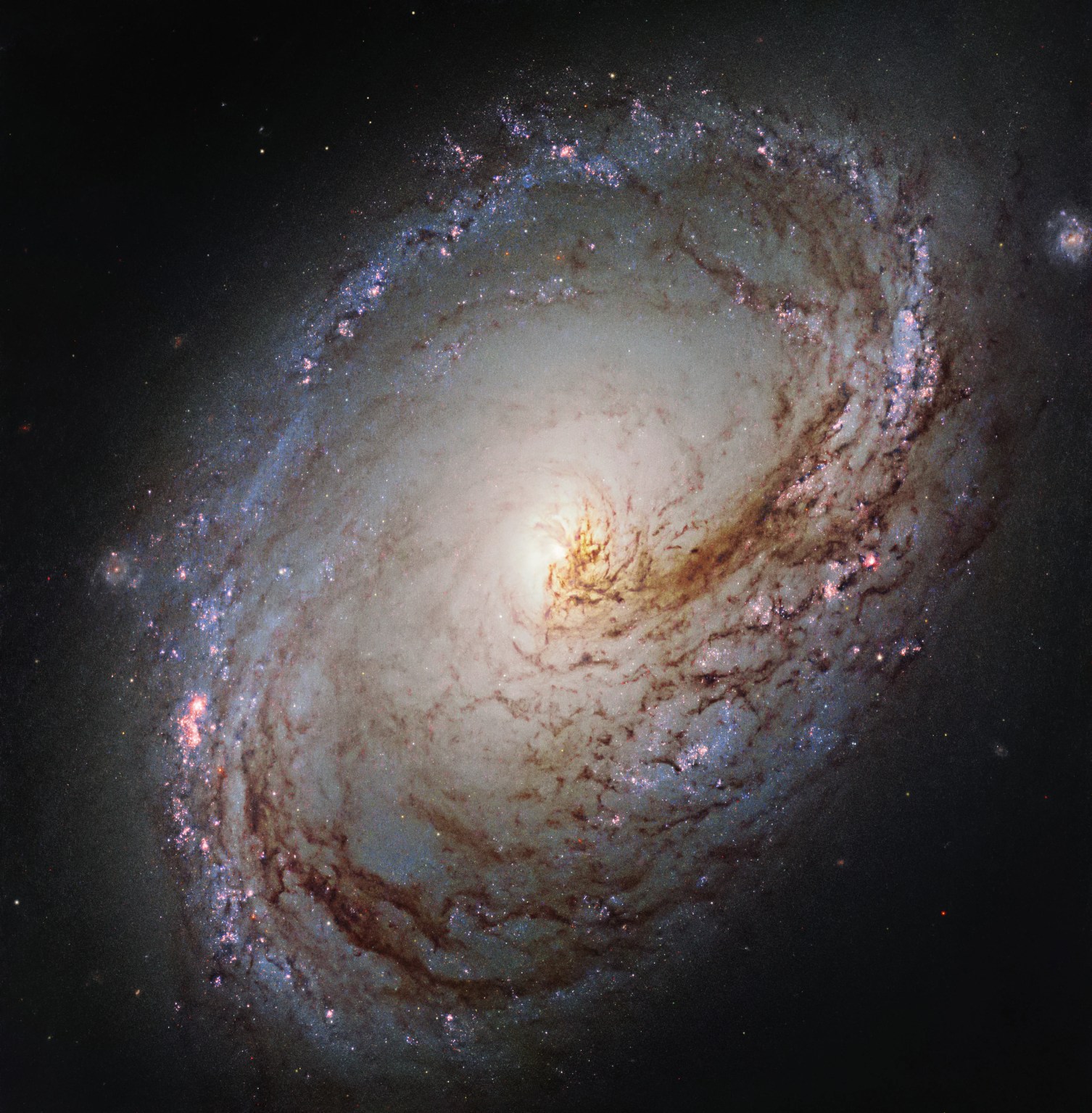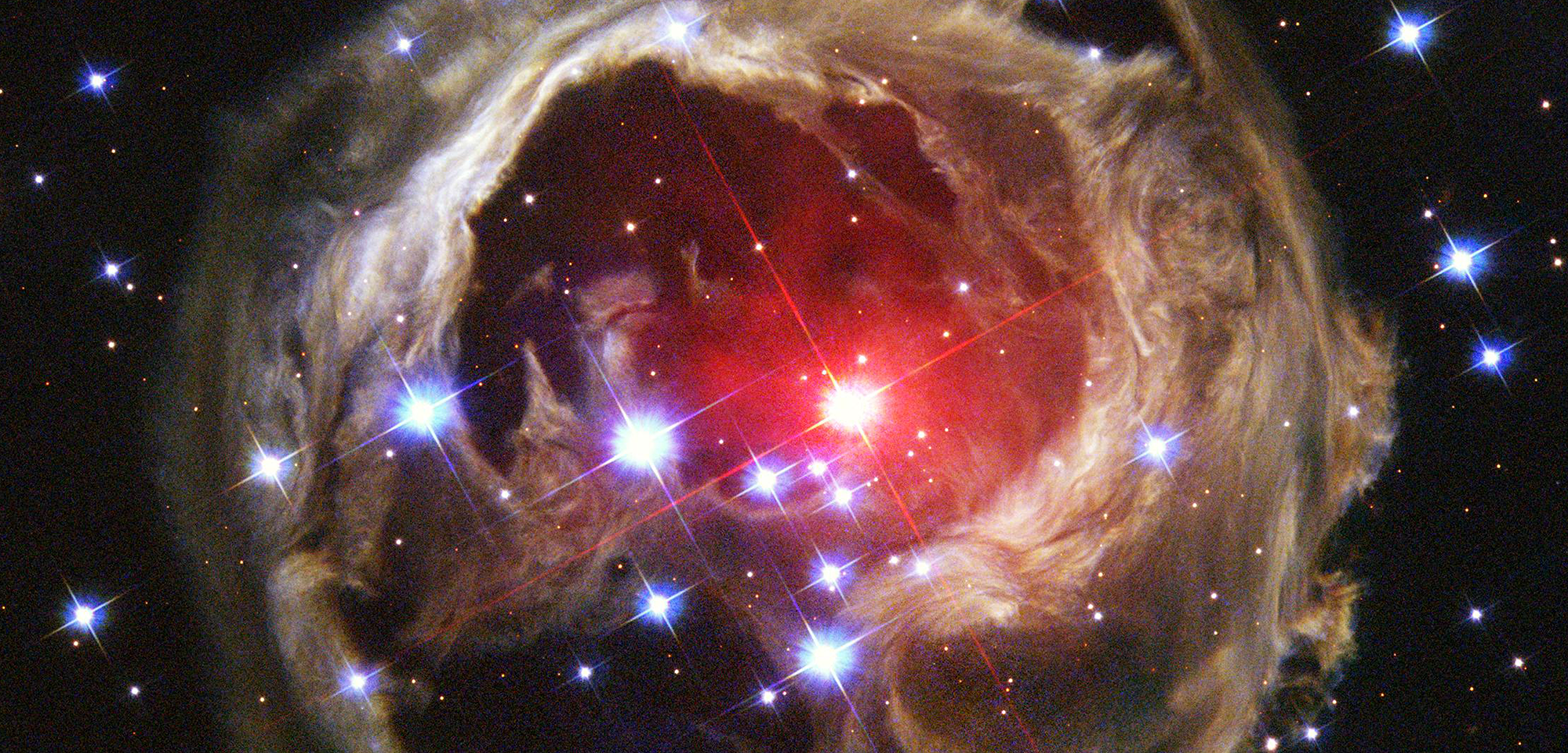This light-year-long knot of interstellar gas and dust resembles a caterpillar on its way to a feast. But the meat of the story is not only what this cosmic caterpillar eats for lunch, but also what's eating it. Harsh winds from extremely bright stars are blasting ultraviolet radiation at this 'wanna-be' star and sculpting the gas and dust into its long shape.
1 min read
Hubble Sees a Cosmic Caterpillar
This light-year-long knot of interstellar gas and dust resembles a caterpillar on its way to a feast. But the meat of the story is not only what this cosmic caterpillar eats for lunch, but also what's eating it. Harsh winds from extremely bright stars are blasting ultraviolet...
Related Images & Videos

Hubble Sees a Cosmic Caterpillar
This light-year-long knot of interstellar gas and dust resembles a caterpillar on its way to a feast. But the meat of the story is not only what this cosmic caterpillar eats for lunch, but also what's eating it. Harsh winds from extremely bright stars are blasting ultraviolet...
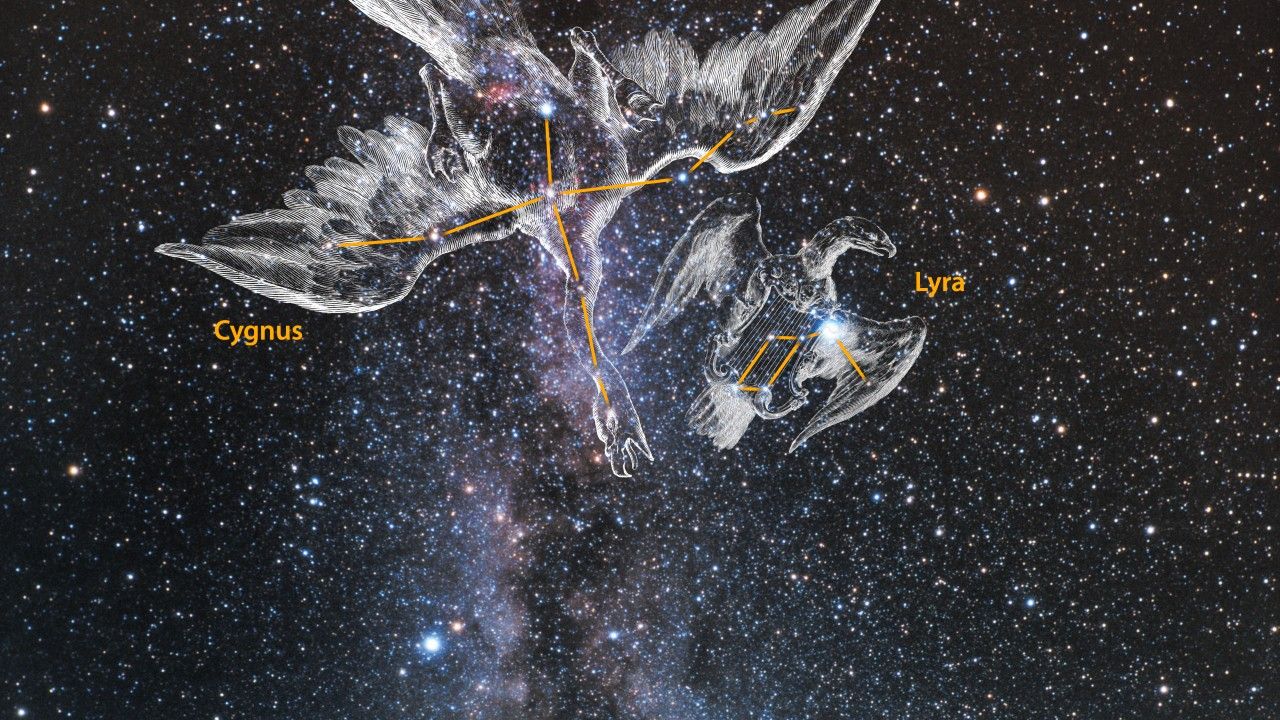
Protostar IRAS 20324+4057 Zoom Sequence
This video begins with a view of the stars in the constellation Cygnus. We zoom into the Cygnus OB2 association region, and then into a Hubble view of protostar IRAS 20234+4057. This light-year-long knot of interstellar gas and dust resembles a caterpillar on its way to a feast.
Share
Details
Last Updated
Mar 20, 2025
Contact
Media
Claire Andreoli
NASA’s Goddard Space Flight Center
Greenbelt, Maryland
claire.andreoli@nasa.gov
Credits
NASA, ESA, the Hubble Heritage Team (STScI/AURA), and IPHAS


